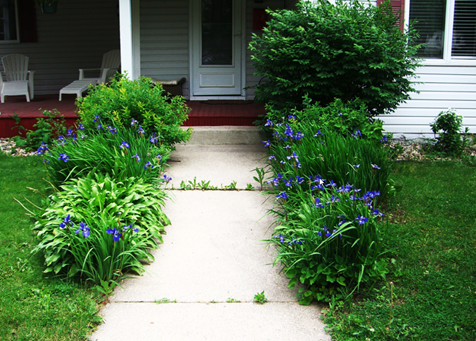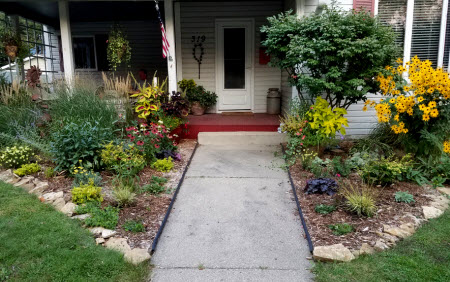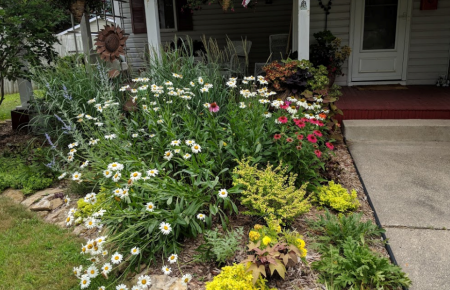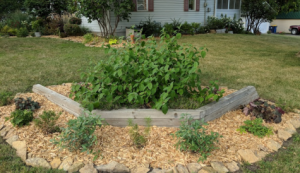Click below to listen to my 2 min. Garden Bite radio show: The Great American Lawn and Climate Change
I have good news, lazy lawn folk rejoice, letting your lawn have weeds, mowing less and not bothering with all those loud, gas-powered machines to keep it manicured will help reduce climate change! Say WHAT? Even though grass sequesters carbon dioxide, the leading human-generated greenhouse gas, tending to your lawn through mowing, irrigating, and fertilizing creates a lot more greenhouse gases.

Most of the carbon footprint of an urban lawn comes from the manufactured fertilizers used to boost their color and density, according to researchers in North Carolina. When those nitrogen-based fertilizers are broken down in the soil by microbes, the end product is nitrous oxide, a very potent greenhouse gas, almost 300 times stronger in global warming potential than CO2. So in the end, a neatly manicured swatch of green could end up producing the equivalent amount of greenhouse gas emissions as one transcontinental flight every year. That adds up to an estimated US total equivalent of about 25 million tons of carbon dioxide.
While overall, that may not seem like much but every little bit counts! So, if you really want to KEEP your lawn, then don’t use fertilizer, instead leave your grass clippings on the lawn. It WILL help.

For me, I do have lawn but it grows dandelions and they’re pretty for a while, there’s plantain and clover and all sorts of various weeds, which provide pollinators with food and shelter! My husband would still love to have that perfectly green gorgeous lawn but he’s getting used to my ways! I have been slowly taking out lawn in the front of the house and replacing it with shrubs, flowers, grasses.


It continually evolves!



